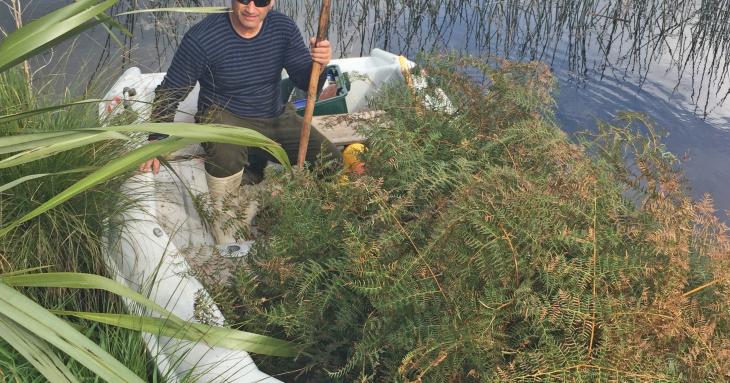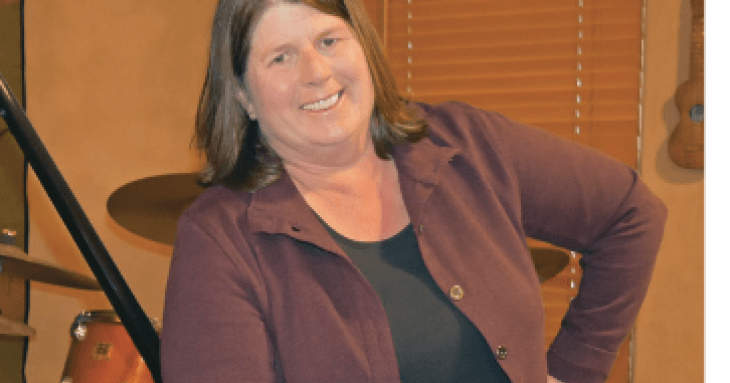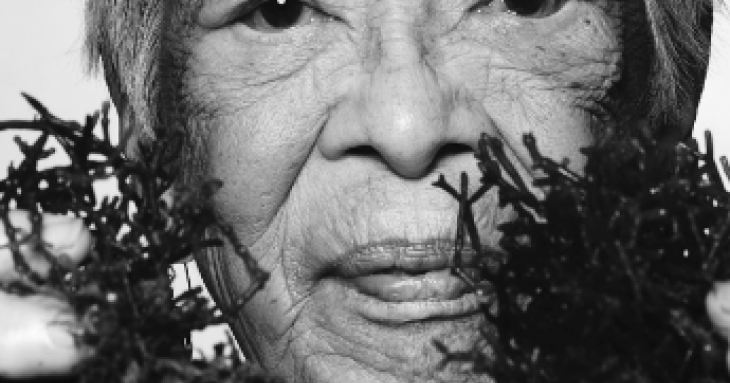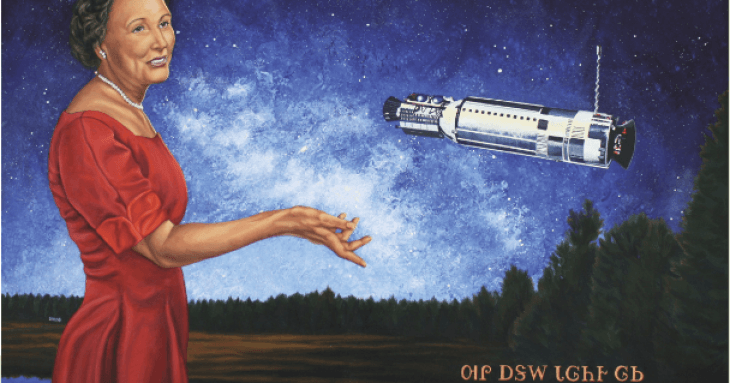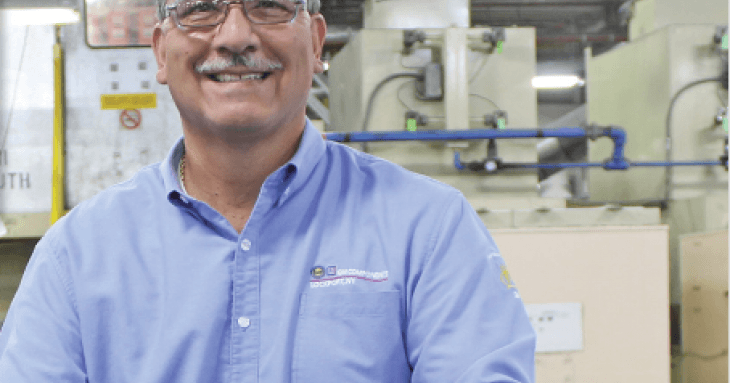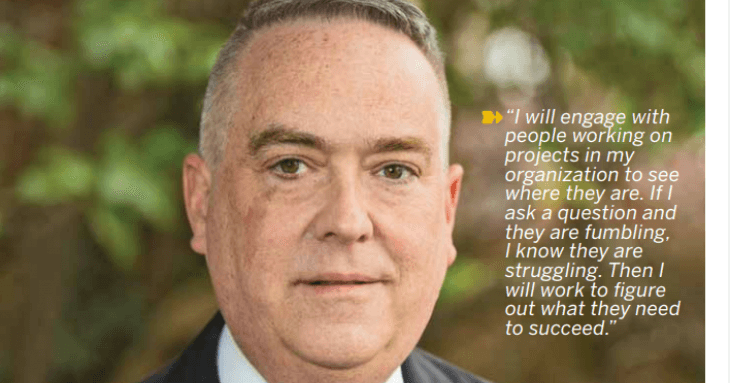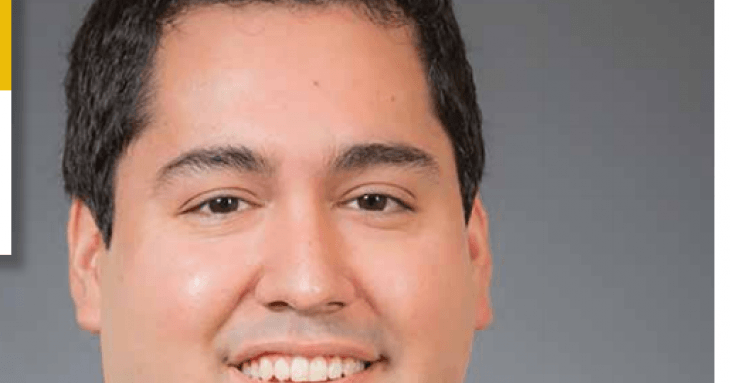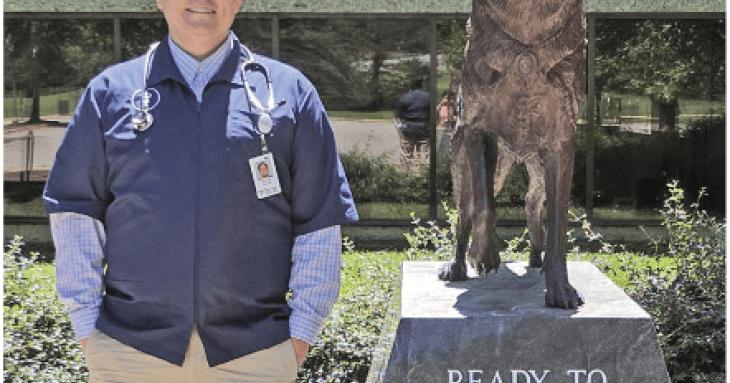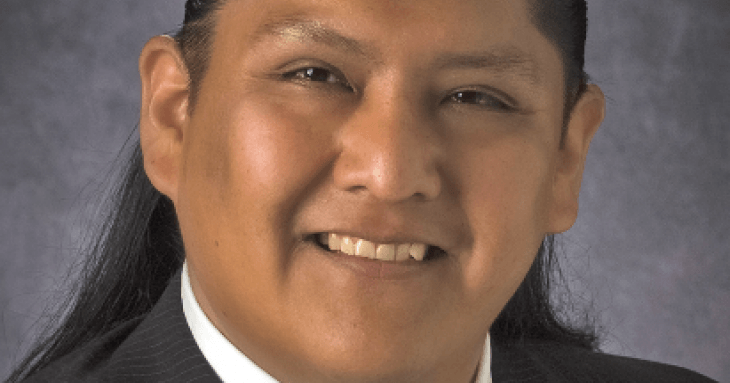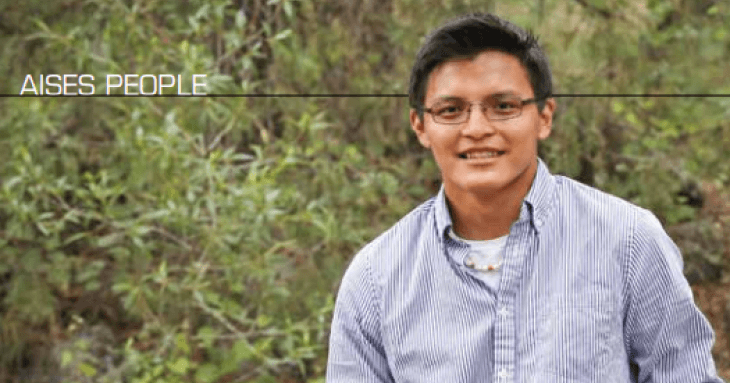-
Refocusing on Indigenous Knowledge
Indigenous traditional knowledge of the lands, waters, sky, and long been dismissed by Western science as anecdote , mythology, or even superstition. But thanks to the efforts of Indigenous and non-Native scientists and educators, that perspective is changing.
-
Virginia Hernandez / Cherokee / AISES Professional Award: Technical Excellence
“Every day we work toward solving hard technical problems that matter.”
Not long ago, Ginger Hernandez and her husband, Emmanuel, went to a social gathering at a neighbor’s house. When a woman there asked Hernandez how her day was, Hernandez told her it was “fantastic!” Hernandez, Cherokee, says her answer was delivered with such enthusiasm that it prompted a little skepticism. “The woman said, ‘Really? It was fantastic?’ And I told her yes, it really was.”
-
Isabella Aiona Abbott Becoming The “First Lady of Limu”
The first Native Hawai’ian woman to earn a PhD in science, Isabella Aiona Abbott was one of the world’s foremost authorities on limu, or the more than 70 edible varieties of seaweed. Her work won Abbott the accolade “First Lady of Limu.” Also considered the foremost expert on central-Pacific algae, Abbott navigated an ocean of “firsts” for indigenous people through her 90 years (1919–2010).
-
Mary Golda Ross Marking “Firsts” In Aerospace
Mary Golda Ross could have starred in her own motion picture about rocket scientists of color. Ross, Cherokee, is best known for her work as one of the country’s original rocket scientists, but her role was so well hidden that in 1958 she easily stumped the celebrity panelists on the popular TV game show What’s My Line?
-
Professional of The Year / William Tiger / Miccosukee Tribe
When William Tiger was in the fourth grade he made the trek from his home in Florida to Washington, D.C. It wasn’t a school trip to tour the city’s monuments and visit the museums. Instead, Tiger ventured to the nation’s capital with three adults from his Miccosukee Tribe to appear before a U.S. Senate subcommittee meeting chaired by Robert Kennedy.
-
Executive Excellence / Gary Burnette / Cheroenhaka (Nottoway) Indian Tribe
When Gary Burnette was finishing up his degree in computer science in 1983, he knew exactly what he wanted to do with it: work at IBM. “There was no better place to be,” recalls Burnette, who remembers poring over glossy IBM brochures that detailed innovations the company was driving. “I was hoping I could get into a company that was advancing technology beyond everyone else and be a part of something on the edge.”
-
Most Promising Engineer or Scientist / Thomas Reed / Hopi
Reed has continued to work hard to help Native students interested in STEM careers. His efforts have led Raytheon to engage with local Native student communities in Boston.
-
Will Culver Cherokee / Virginia-Maryland Regional College of Veterinary Medicine / Veterinary Medicine and Public Health
He was just looking for a part-time job while he finished up at Mission Viejo High School in Orange County, Calif. It was 2001, and Will Culver had heard that a local veterinary hospital needed kennel assistants. He started out walking dogs, cleaning kennels, and bathing various kinds of animals. When he turned 18, they promoted him to veterinary assistant — and before too long, to veterinary technician, then shift supervisor. “I always loved animals, but that expanded exponentially after I started working at the hospital,” he says.
-
Blazing Flame / Brandon Polingyumptewa / Hopi
Each year Polingyumptewa spends hundreds of hours mentoring and guiding young people who are interested in STEM.
-
Earlson Begay / Navajo And White Mountain Apache / University of Arizona / Water Resources Technician Training Program
Carlson Begay’s quiet confidence is probably his most prominent character trait. “I may be shy, but I think that my shyness has helped me. I’ve met just the right number of people, and I’m glad I met some people and didn’t meet others,” he says when asked about which qualities have contributed to his success. It’s clear that Begay sees a rich world around him interconnected with the people who support his achievements.


